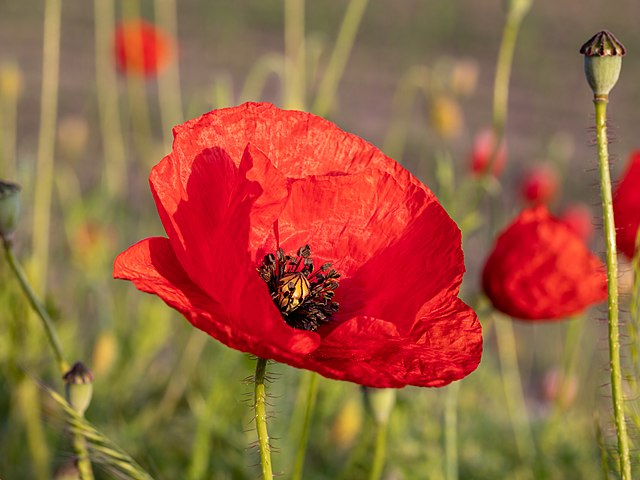A new flower AI tool that counts blooms on a tree from a standard camera image could turn tables on accurate yield prediction.
Relying only on a common phone’s camera to capture a petal’s angles, textures and sizes, this nameless AI counts even hidden flowers.
The tool is a collaboration of the National Robotarium of the UK, two scientific institutes from Chile and Spain’s researchers.
Practical tests in Catalonia, Spain show that this flower counter boasts 90% accuracy versus up to 50% error in manual counts.
It is however the ability of the tool to count fruiting blooms 6 months before the harvest that looks most promising. This way it could enable farmers to plan early, maximize water usage and anticipate harvest logistics in time.
The technology could be a godsend for flower-based fruit crops across the world.
Flower AI for Cherries and Peaches
Cherries and peaches are some of these, with cherries currently under harvest in Turkey, the United States and Europe from April to August. In Belgium and the Netherlands, the cherry harvest is just about to begin around July through August. It will be followed by that of Oceania countries and Chile from October to February.
On the AI spotlight are cherry buds, especially since they come out even before the leaves after the winter thaw.
Another thing farmers may not note but AI can is the timing when cherry florets protrude from buds into flowers.
Flower AI could also help differentiate various cherry tree species (Prunus avium), each with between 5 and 50 petals per flower.
It is peaches, however, which will determine the accuracy of the AI tool best during the the UK harvest in September. This is for late-maturing varieties as the peach season elsewhere in the Northern hemisphere starts May.
Peaches (Prunus persica) usually develop 5 petals per flower, which makes it easy to count blooms. However, the flower’s coloration can have diverse shades of pink, which might confuse manual counts.
Ultimately, the flower AI tool will come handy at maximizing harvests by predicting water needs and sunlight hours. And as the following statistics show, AI is common in various other agricultural measurements around the world.
World Agriculture AI Statistics
According to Forbes, the global agriculture AI sector was valued at $1.7 billion in 2023 and will reach $4.7 billion by 2028. Much of this technology capital targets pest swarms which cause yearly losses of 40% of global crops worth $70 billion. Other uses of AI include in water usage, soil measurement and storage optimization. Since agriculture uses 65% to 70% of the world’s freshwater, half of which is wasted, AI can optimize water usage. Other tools such as Constellr use satellite monitors to alert producers of crop damage long before it happens.
How will flower-counting AI boost agriculture?
According to scientists, 45% to 50% of global crops go into waste along the value chain for lack of proper predictions. With flower AI, however, counting flowers can give a fair production idea and prevent logistical wastage upon harvest.
Which countries use most Ag AI?
India, China and the United States lead in the use of agricultural AI to meet the needs of increasing populations. Besides, the global population could reach 9.7 billion by 2050 and this is one of the reasons for intense AI usage.
